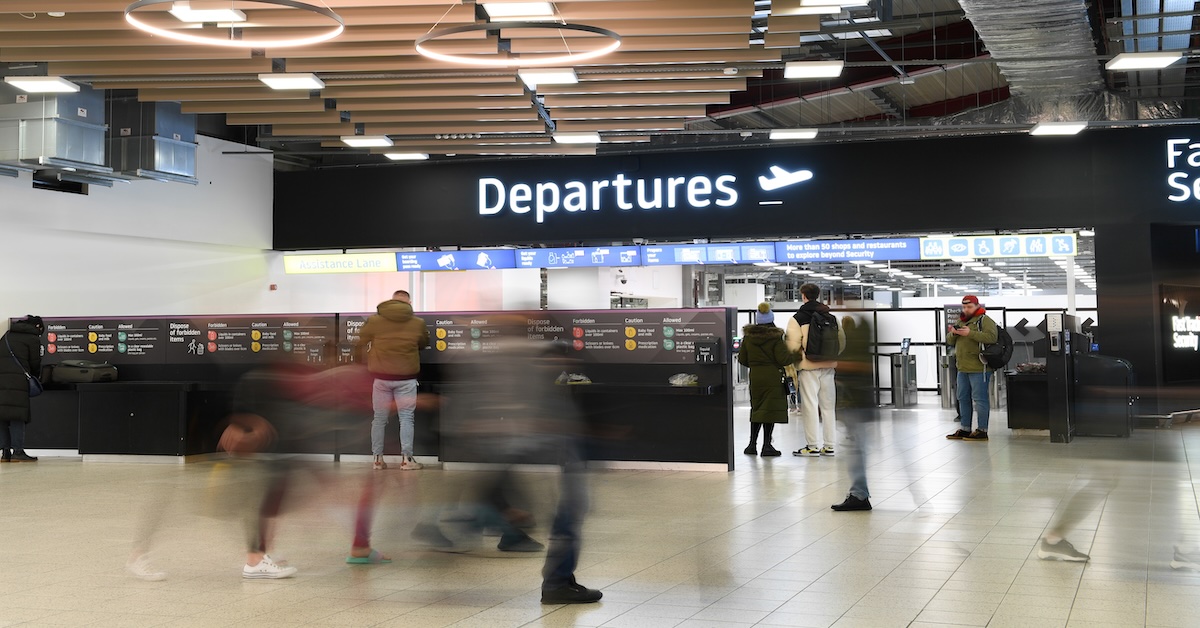Passenger numbers in the airline industry are climbing, signalling a post-pandemic resurgence.
As demand intensifies, concerns over infrastructure capacity are brought to the forefront.
Increasing Passenger Demand
The airline industry is witnessing a surge in passenger numbers, marking a significant shift in the post-pandemic world. Recent data by the International Air Transport Association (IATA) demonstrated that total demand, as measured in revenue passenger kilometres, rose by 8.6% compared to the previous year. This increase is indicative of a recovering market and a growing appetite for air travel among consumers.
With the load factor reaching a new record high of 86.2%, airlines are operating at near-full capacities, a scenario that highlights the challenges and opportunities of the current travel market. Such high demand is expected to continue, with international demand alone escalating by 10.6%. The load factor for international flights has also ascended to 85.7%, underscoring a global trend towards increased flying activity.
European Market Dynamics
European airlines have not been left out in this boom, experiencing a 9.1% increase year on year. Notably, the Europe-Asia route is the fastest-growing logistics path, although it has yet to reach its 2019 vitality levels. This corridor’s resurgence signifies renewed confidence in international travel and improved economic interactions between the two continents.
The strong demand signals a promising future for the European aviation sector, but also raises concerns about infrastructure capacity. As passengers flock back to the skies, European airports must adapt and enhance their facilities to accommodate this growth and remain competitive in the international arena.
Potential Infrastructure Constraints
While the growth figures are promising, there is a looming threat of an infrastructure bottleneck. IATA warns that without significant investment, airports might struggle to handle the increased load, potentially leading to a ‘capacity crunch’.
Airlines are already showcasing resilience by boosting capacity by 6.5%, effectively countering supply chain disruptions. However, infrastructure at several hubs remains strained. The existing frameworks are proving inadequate in handling surging passenger volume.
Industry leaders, including IATA’s director general Willie Walsh, emphasise the need for government intervention to expand airport infrastructures. Walsh highlights that leveraging current resources while planning for expansible capacity is crucial in maintaining connectivity for both passengers and businesses.
Government’s Role in Aviation Infrastructure
Willie Walsh’s remarks stress the vital need for government action in aviation to prevent operational bottlenecks. He indicates that enhancing infrastructure capacity is critical if governments intend to reap the maximum benefits of increased aviation activity.
It is not just about building new facilities; it is also about optimising the use of existing ones. Walsh argues that more efficient use of air navigation services could alleviate some pressure. The collaboration between national regulators and aviation stakeholders is essential for creating long-term solutions to these capacity issues.
Resource Utilisation and Innovation in Aviation
Airports and air navigation service providers are urged to innovate with the resources they possess. By improving operational efficiency, they can manage the current uptrend effectively.
Investment in technology and process optimisation can unlock latent potential in current infrastructure, allowing for smoother operations even amidst heightened demand. Innovation will play a crucial role in mitigating pressure on overburdened systems.
Improving turnaround times and integrating smarter management systems could ease congestion and improve service delivery, ensuring passengers experience reliable travel options.
Sustaining Growth and Avoiding Disruptions
The aviation sector faces a balancing act between sustaining growth and avoiding operational disruptions. Authorities are called to ensure airports do not remain under-utilised amid increasing demand.
Strategic planning and investment are necessary to develop infrastructures that can accommodate future needs. Such forward-thinking is essential to maintaining a healthy balance between demand and capacity capabilities.
Maintaining robust connectivity is vital for economic prosperity, especially in a growing globalised market. Ensuring seamless operations means greater choice and comfort for consumers, alongside increased economic outcomes.
Conclusion
The global airline industry’s growth trajectory is both a beacon of recovery and a challenge in progress.
The industry’s recovery journey will rely heavily on managing growth challenges.

